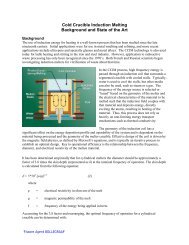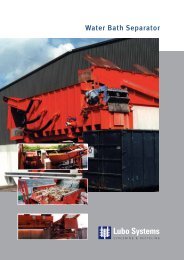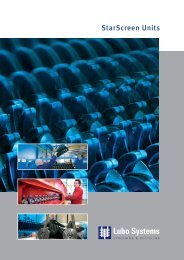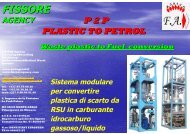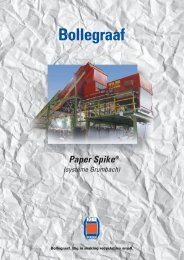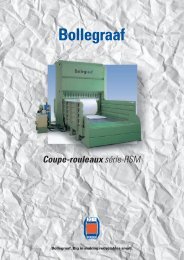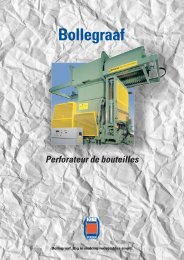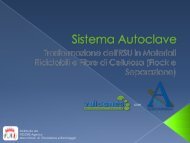3) P2P FROM PLASTIC TO PETROL - Mar 08 - FISSORE Agency
3) P2P FROM PLASTIC TO PETROL - Mar 08 - FISSORE Agency
3) P2P FROM PLASTIC TO PETROL - Mar 08 - FISSORE Agency
Create successful ePaper yourself
Turn your PDF publications into a flip-book with our unique Google optimized e-Paper software.
<strong>FISSORE</strong><br />
AGENCY<br />
The storage capacity of the plant is 400 kl sufficient to store 5 days of production. The tanks can be earmarked for<br />
each individual faction, if that is the need to be. However, in single product output plant, all the tanks are utilized<br />
for storing one fuel.<br />
6. Non-condensable to Re-ignition.<br />
The entire process is heat dependent. We have to raise the temperature of the system quite considerably. To<br />
achieve this we use liquid fuels. However, the burners are designed for a combined fuel ignition. We can use<br />
liquid as well as gaseous fuel to feed the burners. The non-condensable gases coming from the reactors are<br />
collected and fed to the burners after combining them with air. The air-gas mixture is fed to the burners to ignite<br />
and thus the exit gases from the reaction are utilized as fuels for the system thereby removing an environmental<br />
problem. Due to the high air-gas ratio, the combustion is complete and there is a good control over the emissions<br />
from the system.<br />
Further, before being pumped into the burners, the non-condensable gases are passed through a wet scrubber to<br />
remove any contaminants such as SO2 etc. The clean LPG gas from the scrubber is fed to the burners as a fuel. The<br />
burner exhaust gas is routed once again through a scrubber and chimney to ensure emissions standards are met<br />
with. Most of the heat of the hot gases is recovered for re-generation of steam for Autoclaves.<br />
7. Waste Reclamation<br />
P 2 P<br />
<strong>PLASTIC</strong> <strong>TO</strong> <strong>PETROL</strong><br />
The waste from the system consists of two phases, Solid phase and a gas phase. Solid phase consists of charred<br />
coal and spent catalyst. The composition of the catalyst is such that there are no metal oxides used and thus the<br />
waste does not contain any metals in the waste. The balance waste is converted into coke. The coke can be<br />
scraped and collected for further use as a fuel by compacting the powder coke into pellets. Besides the coke has<br />
other utilities and being rich in organic carbon, the same can be used as a nutrient for plants and acts as a soil<br />
supplement.<br />
The coke is removed through a conveyor system and collected into bins for further disposal.<br />
The air emissions are minimum and the emissions normally are below the environmental standards set forth. This<br />
is due to the combination of liquid fuel and gaseous fuel which use air : Fuel ratio of 4:1. The emissions are first<br />
passed through a scrubber before released into atmosphere.<br />
ALL our systems are ZERO air e mission



